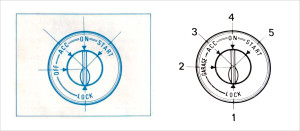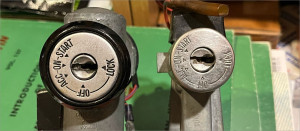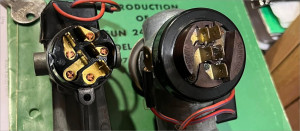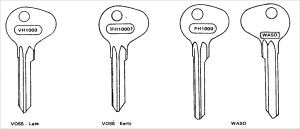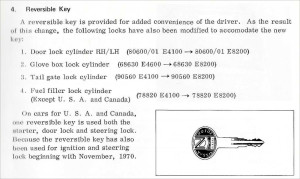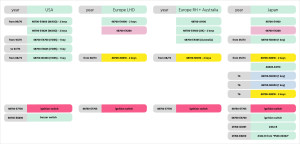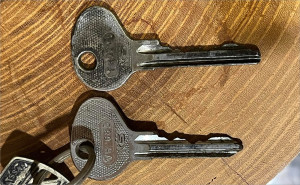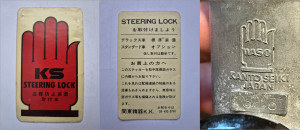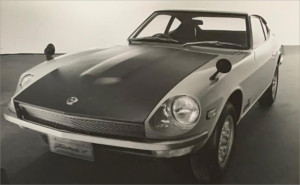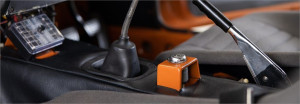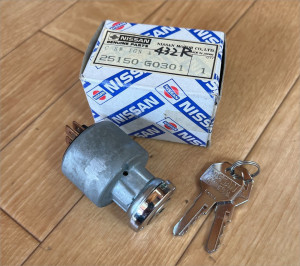Chapter 1: Introduction
In 1975 in the USA, you take a key in your hand and open your Datsun 260Z. Then you get in and start your car. With the same key.
A few years earlier, this was still done with two keys. In other countries, this is still done with two keys.
That sounds irritating. Perhaps it is. But as always, many details are hidden here and today we are trying to bring them to light.
And to tell the story as clearly as possible, let's start at the very beginning. In the beginning, there were several keys to the cars in the S30 series.
One key opened the doors, the tailgate and the glove compartment. The second key started the car.
From November 1970, Nissan simplified this system, especially in the USA and Canada, to give customers a little more convenience. From then on, the cars were only available with one key.
This opened all locks and started the car. The key could also be inserted into the lock in both directions. Previously, the key only had the bit on the underside and therefore had to be inserted correctly.
So it often happened that you had to turn the key the wrong way.
This luxury did not exist in Europe. Europeans had two keys on all Zs until 1978. And the ignition key only ever had one direction in which it could be inserted into the ignition lock. There was also no warning sound when opening the door and leaving the key in the ignition in Europe, Japan or Australia. This feature was also only available to Americans and Canadians.
A small side fact: from 1977, the locking direction of the locks in the doors was reversed. You now had to turn the key to the left to open the door. This was previously the other way around.
Finally, the one-key system was also continued in the USA on the Datsun 280ZX.
In Europe, on the other hand, the previous two-key system was retained. However, this was not only the case with the Z/ZX. Other Datsun models, such as the E10 Cherry, also had two keys.
The new system was also used in Japan and a single key was also used from February 1971.

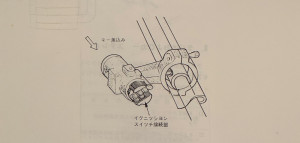
 Florian Steinl
Florian Steinl 